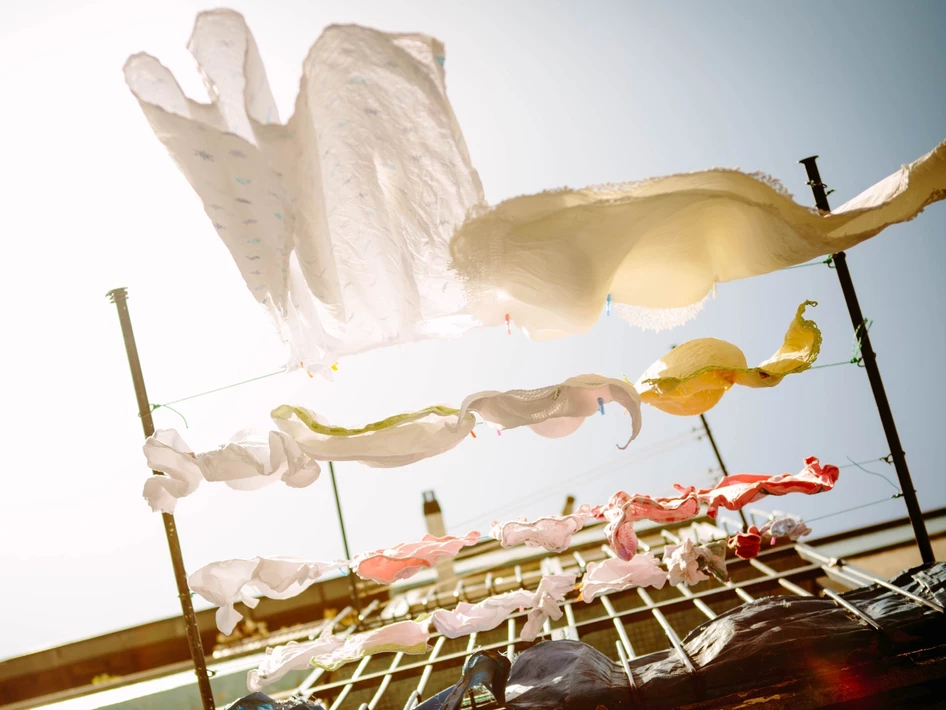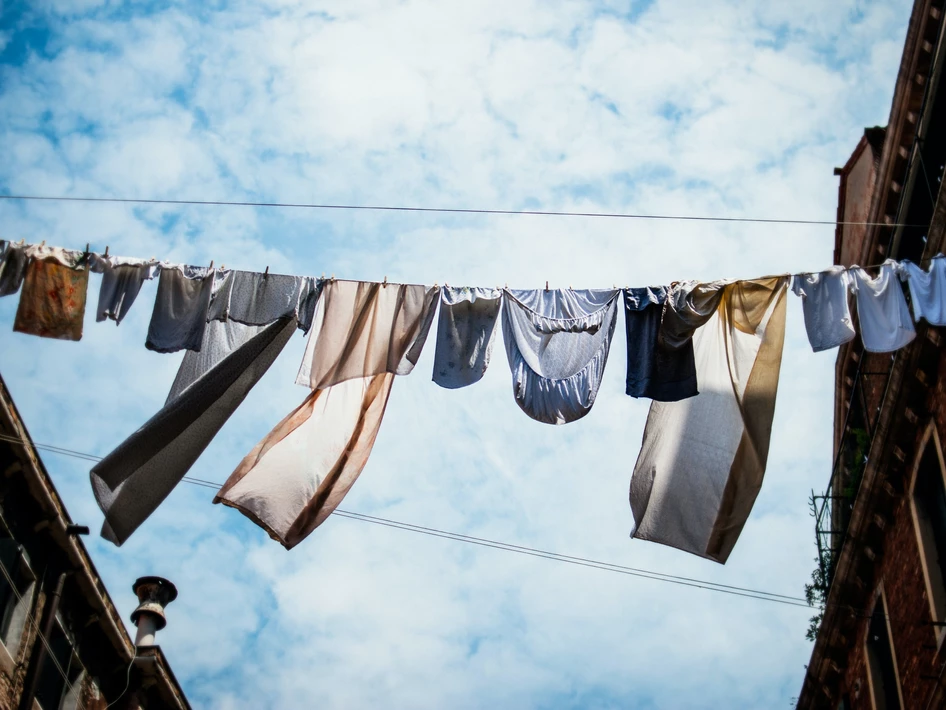“Why are sustainable clothes so expensive?” whined a Twitter user on my feed, about a year ago.
“If you feel those clothes are too expensive, just don’t buy,” I replied.
“But I need sustainable clothing!” she got back.
A sustainable wardrobe is born not out of buying more from ‘sustainable brands’, but from buying less of what you don’t need. If it doesn’t spark joy, don’t buy it! You’re adding to your clutter, you’re feeding into the demand for a product that may be potentially harmful to the environment, you may be encouraging brands that follow unethical practices and Marie Kondo-ing it later may see it end up in a landfill. Basically, what doesn’t spark joy, could spark climate change.
Wash your clothes less often.
When I was young, my mother would hang our nightsuits out to sun, as soon as we got out of them. I didn’t pay attention to it back then, but a few years ago, I realised it was to get rid of the germs without having to wash your clothes every time. If you haven’t been sweating into your clothes or spilling your tea onto them, you really don’t need to wash them every time. We’ve got more ideas on how you can be more responsible with your laundry, in this article.
Swap clothing.
Tired of that cardigan you’ve worn a million times? Swap it with a friend. You both get something new, and it keeps things exciting. To make it more exciting and widen your choices, you can even host a fashion swap party. Fashion Revolution tells you everything you need to know, to host one. Living too far from your BFFs? There are plenty of online sites that allow you to send your clothes in for credits that you can then exchange for other preloved clothes, such as This for That and Swap Fashions, which give you credits for clothes you send in that you can then exchange for new clothes.
Pass on your child’s clothing.
Dressing up a kid can really burn a hole in your pocket. And in the ozone. Since children outgrow their clothing very quickly, more often than not, things are in great shape to be passed on to another child.
Get thrifting.
Got your heart set on a designer handbag? Buy a pre-loved one. There are online thrift ad vintage stores aplenty, most of them on Instagram. Generally, they are transparent with their dealings, verify the stocks, and state the condition the garments and accessories are in. Some of the more exciting ones include Bodements, @therelovecloset, @bombaypitaara, @thefinefinds, @pandapickedstore, @bombayclosetcleanse and @bygoneechoes.
Donate.
If you’re done with something and it’s still in good shape, let someone else put it to better use. But make sure what you’re giving out is clean, not torn and wearable without having to be mended. Do it with respect!

Upcycle.
We’ve seen many an old T-shirt being turned into a cleaning cloth. But that isn’t all you can do when your clothes seemingly run out of steam. Old saris make excellent curtains. Denim scraps can add spunk to worn out accessories. Old T-shirts make excellent headgear. And if you really want to get creative, the strong parts of an old garment can be used to make a new garment, altogether. Not sure how to do it, there are plenty of brands that are helping consumers upcycle their old garments, such as LataSita, Pero and Doodlage. You could even ask your local tailor for suggestions—they usually have plenty.
Repair.
A little stitch here, a little tuck there, and it’s good as new. If you can’t do it yourself, you don’t have to—it’s employment for someone!
Recycle.
If nothing else works, you can drop it off for recycling, with an enterprise like Eco Wise or Recycle Green. Or drop them off at one of the brands that are recycling post-consumer waste. Your clothes can be sent to Doodlage, Seams for Dreams, Marks & Spencer, and as a last resort, H&M and Zara. Your shoes and accessories can be sent to Greensole and Funky Kalakar.
Compost.
You read that right. Most clothes made of natural fibre biodegrade easily enough, given the right conditions, which they don’t find in a landfill—that’s why they pile up there, giving off methane. All you need to do is cut up your clothes, especially old T-shirts and cotton/bamboo underwear that are past their shelf-life and put them in the compost. Just make sure not to put in too much at a time, or your compost may end up as a landfill!






